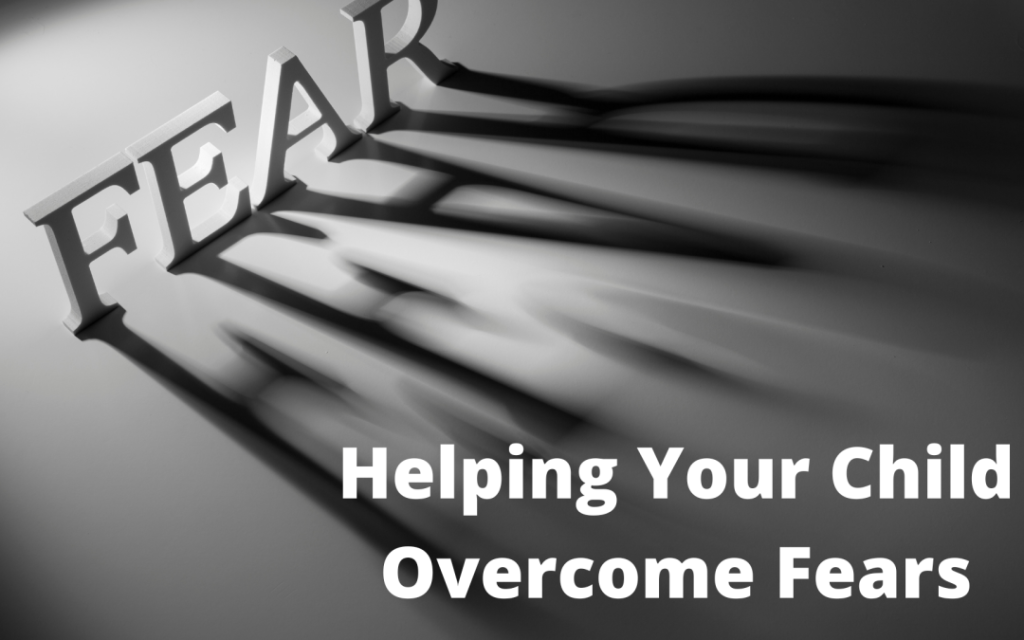gemstone426@comast.net
gemstone426@comast.net


Fear is something every child feels—whether it’s the fear of the dark, the fear of falling, or the fear of trying something new. But what if the key to helping children overcome fear isn’t found in lectures or rules, but in stories that teach them to believe? Michele Gajdzis’s meaningful children’s book “Oh My!… I Can Fly! – The Birdie Story” beautifully captures that truth. Through the story of a small bird named Barry who learns to face his fears and discover his purpose, Gajdzis shows how faith, friendship, and courage can transform even the most frightened heart into one that soars. The story begins with Barry, a little bird who lives alone in a cage perched high on a mountain. Every day, he looks up at the sky and watches other birds fly freely, their wings wide and strong. Barry dreams of doing the same, but fear keeps him frozen. He has no feathers, no experience, and worst of all, no belief that he can ever be like them.
This image—of a small bird staring out from a cage—is one every parent and teacher can relate to. It mirrors the feeling many children have when they face something new: the first day of school, a public performance, or a challenge that seems too big. Barry’s cage represents the invisible fears that hold children back. His story reminds us that even the smallest wings can fly when guided by faith and love. Barry’s life changes when he meets Wally Bird, a parrot with radiant feathers and a warm heart. Wally lands beside Barry’s cage and notices the sadness in his eyes. When Barry confides that he’s afraid because he cannot fly, Wally responds with wisdom that becomes the book’s heartbeat:“Do you know that you are an eagle and were created to soar?” At first, Barry cannot believe it. Fear always whispers louder than faith at the beginning. But Wally’s words plant a seed of hope. Every day, Wally visits Barry and brings him a Promise Feather, each one a symbol of something powerful—Hope, Strength, and Joy. He tells Barry to hold onto them and reminds him again and again, “Time will tell.”
Through this gentle repetition, Michele Gajdzis teaches an essential truth: overcoming fear isn’t instant. It’s a process of believing one word at a time, one act of courage at a time. Wally’s feathers are not just colorful gifts—they’re promises that remind Barry (and every child reading) that courage grows slowly, but it always blooms in time. As Barry gathers more Promise Feathers, his fear begins to weaken, replaced by curiosity and determination. But the real turning point arrives when Wally introduces him to Kenny Bird, a strong and confident eagle. Kenny becomes Barry’s teacher and coach. “Up and down, up and down,” Kenny tells Barry as he helps him exercise his wings. Barry struggles. His wings ache. He sweats. At times, he wants to give up. But Kenny encourages him, saying, “Don’t give up. You’re getting stronger every day.” This part of the story holds one of the most powerful lessons about overcoming fear: fear fades when effort begins. By trying, Barry slowly learns that his strength grows with every flap. It’s a message to children that courage doesn’t mean never being scared—it means moving forward even while you’re scared.
Michele Gajdzis shows that friendship plays a vital role in this process. Through Wally, Kenny, and later Harmony Bird, Barry learns that faith and support from others help us see beyond our fears. Each friend symbolizes a part of the journey—hope that lifts, strength that builds, and joy that sustains. One of the most heartwarming moments in the story comes with the arrival of Harmony Bird, a bright yellow canary who sings songs of joy. Her tune—“I got hope, I got strength, I got joy, OH BOY!”—fills Barry’s cage with light and laughter. At first, Barry doesn’t understand how a song could help him fly. But through Harmony’s music, he learns one of the most important lessons of all: joy is the antidote to fear. When children focus on gratitude, faith, and happiness, their worries lose power. Harmony teaches Barry that joy is not something you wait for—it’s something you choose, even when you’re afraid. As Barry joins her in singing, his courage blossoms. His cage, once filled with silence and fear, becomes alive with sound and spirit.
Then comes the moment every reader waits for. The mountain begins to shake. The cage rattles. Suddenly, the door bursts open, and Barry is free. But freedom doesn’t come without one last test. Standing at the edge, Barry hesitates. His heart beats fast. His wings tremble. “I’m scared,” he says. “I can’t do this.” Wally’s familiar voice responds softly, “Yes, you can. Look closely at your Promise Feathers.” Barry looks and realizes the truth: the golden letters on his feathers spell Hope, Strength, and Joy. These are not just gifts—they are the very qualities that now live inside him. His fear dissolves, replaced by belief. And with that, Barry leaps, spreads his wings, and soars into the sky, crying out, “Oh My! I Can Fly!” Barry’s story is simple yet significant. It reminds readers that fear is a natural part of life, but it doesn’t have to define us.
Ready to spread your wings? Send Michele a message and let’s take flight together!
Join our newsletter to stay updated!
Writing stories that lift little hearts higher—one vibrant feather at a time.
© Copyright 2025 Michele Gajdzis All Rights Reserved